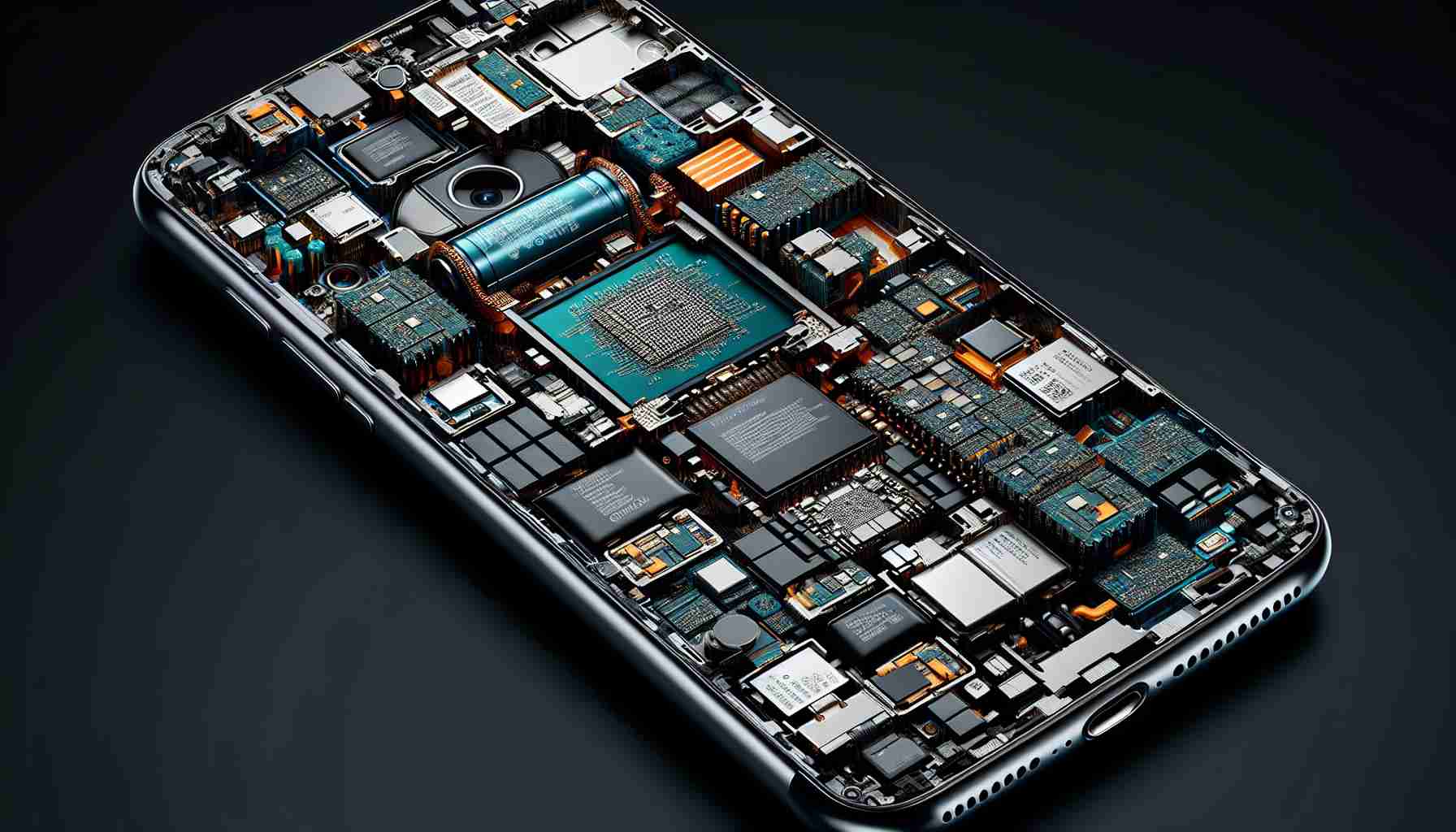The Intricate Dance of Components in Your Smartphone
Smartphone capabilities have skyrocketed, not merely because of software advancements but also due to the incredible miniaturization of hardware. Take for instance the ceramic capacitor, commonly referred to as the ‘grain of rice’ of the industrial world due to its small size yet widespread usage in electronics. Modern 5G smartphones are equipped with no fewer than 1500 capacitors, all smartly arranged within their compact form.
At the forefront of this technological marvel is Guangdong Fenghua Advanced Technology Holding Co., Ltd., whose investment and development deputy director, Zhang Bin, unveiled this impressive figure to journalists during a high-quality development investigation activity. On May 18th, while at Fenghua High-Tech in Zhaoqing, Guangdong, Zhang underlined how achieving the high capacitor count in phones is possible through layering, a process that demands incredibly thin and small dielectric and conductive metallic materials—posing a substantial challenge in manufacturing.
Fenghua High-Tech distinguishes itself by housing the only state key laboratory for novel electronic component materials and technology within the industry. As a representation of China’s commitment to technology, the company stands as a leader in electronic component manufacturing, fostering robust partnerships over 40 years of growth with clients and suppliers alike. Amidst its accomplishments, producing 100 billion electronic components monthly is notably staggering. The company’s core products, chip resistors, and capacitors, have merited national recognition as manufacturing champions, achieving the ‘China Industrial Award’, affirming their position as a ‘world-class specialized leading enterprise’ as recognized by the State-owned Assets Supervision and Administration Commission of the State Council, and acting as the primary enterprise for the electronic component industrial chain in Guangdong Province.
Questions Answered and Challenges
Smartphones are marvels of modern technology, packing an astonishing number of components into tiny spaces. But what are the challenges faced in creating such densely packed devices?
How is it possible to fit so many capacitors in a smartphone?
The high capacitor count in smartphones is achieved through layering. This process involves using very thin layers of dielectric and conductive materials. Manufacturers must be precise in the placement and manufacturing of these materials to ensure reliability and performance.
What challenges are associated with such miniaturization in smartphones?
Miniaturization poses a substantial challenge in manufacturing. Components must not only be small but also reliable and capable of withstanding the heat and energy demands of modern devices. This requires advanced materials and manufacturing techniques, and companies like Fenghua High-Tech are at the forefront of innovating these solutions.
What controversies might be linked to the production of smartphone components?
Working conditions, environmental concerns, and the sourcing of raw materials are ongoing controversies in electronics manufacturing. Efforts to create more ethical and sustainable processes are part of the industry’s response to such issues.
Advantages and Disadvantages
The advantages of modern mobile phones are numerous:
– Portability: Their small size makes them incredibly convenient to carry.
– Functionality: They combine the capabilities of many different devices.
– Connectivity: With components like 5G, smartphones have high-speed connections anytime, anywhere.
However, there are also disadvantages:
– Complexity: High component density can make repair and recycling difficult.
– E-waste: As technology rapidly advances, older phones become obsolete, contributing to electronic waste.
– Sourcing Materials: The demand for rare materials can lead to environmental and ethical issues.
Related Links to Main Domain
To explore more about the technological advancements and companies at the heart of modern mobile phone production, visit the main domain page for a comprehensive outlook. For example, if looking into the State-owned Assets Supervision and Administration Commission of the State Council, you would use the link format: State-owned Assets Supervision and Administration Commission of the State Council. (Note: URL is shown as an example and must be checked for accuracy before using.)
Conclusion
In summary, while the microscopic marvels within our smartphones showcase human ingenuity and technological progress, they also present manufacturing challenges and highlight the need for responsible practices in electronic production. Companies like Fenghua High-Tech not only exemplify the advances in component miniaturization but also represent China’s growing prowess in the global technology arena.
